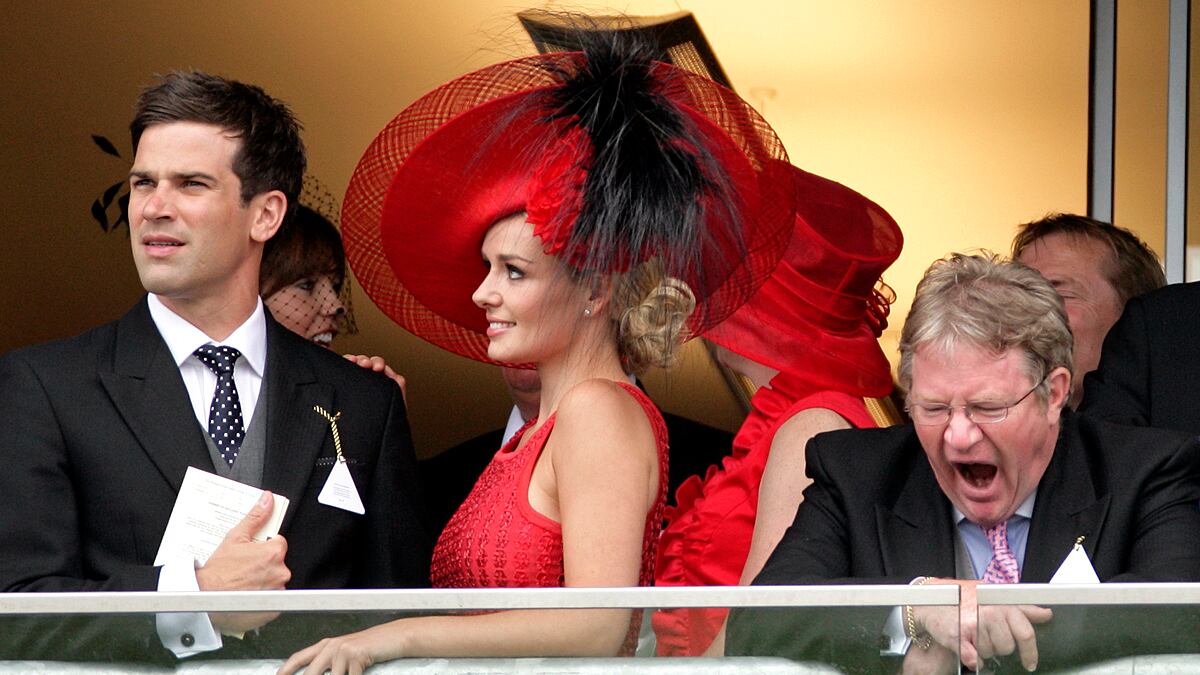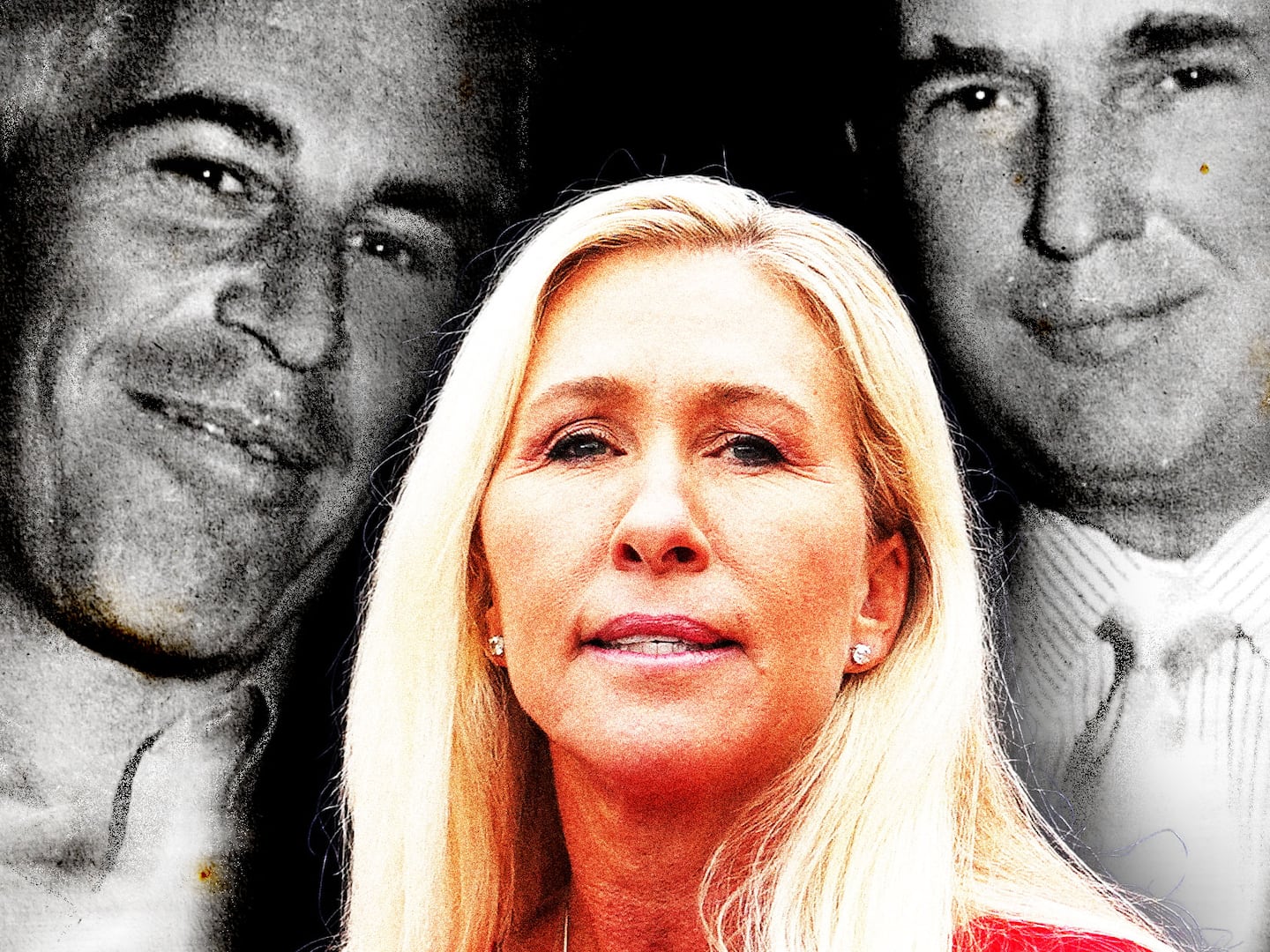In 1859, workers digging in Italy found a curious Latin inscription: “For Tanonius Marcellinus,” it began, “because…he rescued the population from endless boredom.” Somehow he’d livened things up, and the people of his sleepy Roman town had set their thanks in stone. Today that slab of gratitude is all that remains of Marcellinus, but for Peter Toohey it may as well be a monument. His new book Boredom cites the find as a blow to theorists who argue that the very idea of boredom is a modern invention. To be fair, the English word “boredom” appeared as late as 1852, only a few years before the ancient inscription turned up—but it’s hard to read the Latin taedium, or tedium, any other way. Toohey thinks we ought to give Marcellinus his due.
You could be forgiven for expecting a study of boredom to feel like a dose of Ambien. But Boredom, defensively subtitled A Lively History, is in fact a spirited, no-nonsense guide to a surprisingly contentious topic. Congenial as the book is, it finally combines neuroscience, art, and archaeology to wage a battle for scholarly turf: in Toohey’s history, it’s not the symptoms that have changed but the diagnosis—that is, the philosophy about what’s missing from the lives of the bored.
The early Christian church, for instance, saw boredom among its clergy as a crisis of faith. Some called it acedia: “despair in the beneficence of God is vastly more impressive, from a spiritual point of view, than is the boredom of a child,” Toohey writes, emailing from his office at Canada’s University of Calgary. He describes how thousands of early Christian monks tried out a lonely ascetic life among snakes, bed bugs, dirty water, and miserable heat in the North African desert. Many of them boiled over in the monotony; they raged that their suffering felt pointless. Evagrius, a famous hermit, blamed the “noonday demon” for tempting monks back to urban comforts. But Toohey has a less grand explanation. Living for too long in a boring place, Toohey says, fits better than demons. Faith may bolster the ascetic, but boredom wears him down—grime and solitude breed apathy. It’s no surprise that monks fared better in the south of France, where the monasteries were more social (and less sweaty).

Later, in Renaissance England, the fashionable take on boredom, especially the chronic, overarching kind, was medical. Such an emphasis smacks of our clinically minded present—in which emotions are the puppets of brain chemistry—but it’s actually a return to the theory of humors in ancient Greece. Melancholy, a Renaissance catchword, derives from the ancient Greek for black bile, and could be associated with nearly any world-wearying malady, from despair to love-sickness to gambling addiction.
The most impressive work on melancholy is Robert Burton’s Anatomy of Melancholy, a mini-library of rambling insights on the human condition, and one so capacious that it makes Moby-Dick look like a fishing catalog. Burton claimed he undertook the Anatomy to ease his own melancholy, so it’s fitting that Toohey names plain-old boredom as a reason why he wrote his book: “I have always had a tendency to become bored—not in the chronic, manic variety, but just in the simple way. Boredom, because of its confusion with melancholy, seemed close to the bone.”

Toohey is a great admirer of Burton, though he notes that Burton’s grand (if somewhat ironic) approach anatomizes a bizarrely fat body of ideas: “I suppose Burton was clinically depressed but conflated the illness, as we all tend to do if we like to read, with the literary tradition stretching right back to Hippocratic medicine—these days we might say that Burton self-medicated with the literary tradition.” Gloom, frustration, disgust, sloth, and indifference can all arise from dull or unsatisfying conditions, whether years of prison, thankless work, or the doldrums of a cooling marriage. But to simply call all these feelings melancholy, Toohey argues, is to link disparate experiences by a sleight of metaphor. The cure becomes as vague as the cause.
Toohey’s argument comes down to a distinction between real life and its cerebral counterparts. He laments that writers have tended to neglect the actual experience of boredom, in all its dreary shades, for an alluring mosaic of intellectual formulations: one that gives mere dullness a kind of literary upgrade to what some call “existential boredom,” the plight of an ailing soul.
While simple boredom is just a regular lack of interest, existential boredom spreads to everything; it may have inspired Seneca’s remark that “there are many men who judge living not painful but empty.” The variations have filled plenty of bookshelves: we have commentary on melancholy, acedia, ennui, taedium vitae, mal de vivre, tristesse, and really any way of explaining a profound sense of disengagement. Nearly 2,000 years before Sartre gave “nausea” its whiff of coffee and cigarettes, Roman writers like Seneca, Horace, and Plutarch compared similar feelings of emptiness to sea-sickness, despite huge differences between their ideas and those of French Existentialism.
For all the genius humming around “complex” boredom, Toohey says, the simple kind turns out to be the most coherent, and the most universal; it’s the daily nuisance we all know too well. Writing on the existential variety has been rich, but it’s also inconsistent, shifting with the cultural tides. And it can obscure the difference between typical boredom and more dire issues—such as clinical depression or mania—of which boredom is just an incidental symptom. “Accuracy in historical research is a matter of breaking down the big categories into their components,” Toohey explains, “so that it becomes possible to see what is really going on beneath the surface.”
One way Toohey explores the nuances of boredom is by curating a fine gallery of its postures, eyeing tell-tale yawns, frowns, and droopy necks in paintings by Cranach, Durer, Degas, Edward Hopper, and Sir John Everett Millais. He finds the same cues in photographs. He likes Victoria Beckham, but he’s not surprised that a few years ago the Independent called her one of the 20 most boring people in Britain. In photographs, he says, she sports one of those “blank, expressionless faces” that lack variety and emotion. “The same is true of landscapes—some people complain about the prairies for this reason.” As the Independent asked, “Can you really stand to see that pout and those shades one more time?” It wasn’t the friendliest moment in journalism, but at least the article hit on the sense of satiety, bordering even on disgust, that we often feel about boring situations—you can’t stand any more. Captive audiences know the feeling: they’ve had enough of a bad play, but the dead lines keep thudding along. It comes as both a fullness and a hunger for variety.
The digital revolution may offer new distractions, but Toohey doesn’t think boredom is going anywhere. “Confinement and predictability, the twin pillars of boredom, are a problem in every generation and in many situations,” he says. “Above all there is school—which in Australia and Canada and the U.K., the places I know best, is still often a vigorously boring experience.”
As for old-fashioned entertainment, Toohey can’t wait to read The Pale King, David Foster Wallace’s unfinished novel on (among other things) endless boredom at the IRS. Though even that will hold him for only so long. “I once thought that if I could own 1,000 books I’d never be bored again,” he says. “The paperback revolution of the early '50s made the 1,000 possible sooner than I expected. Now I own lots more books than that, and I still get bored in a childish way.” One gathers that so many resilient strains of boredom emerge because the variations fit less into a formula than a family—they’re an idle, puttering, slack-faced set of kin, but Toohey makes it a pleasure to meet them.






